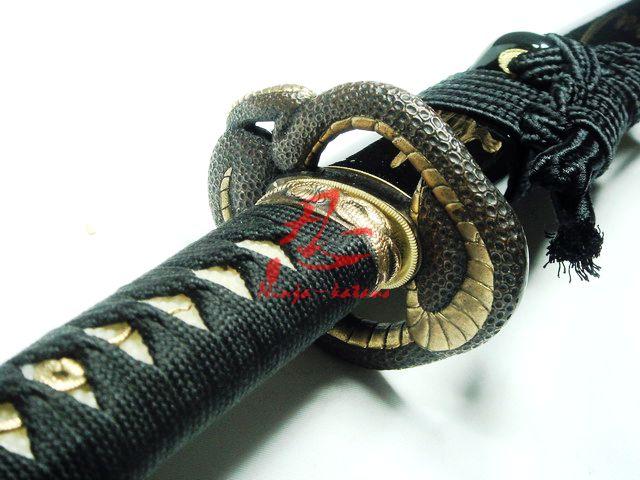

It also has some neurotoxic elements as well that can interfere with cell-signaling and cause paralysis. The venom of the prairie rattlesnake is primarily a hemotoxin, destroying red blood cells.

Occasionally they will also hunt ground-nesting birds, small reptiles, and amphibians. Prairie rattlesnakes primarily eat small mammals like mice, ground squirrels, small rabbits, prairie dogs, and rats. The scales along the snake’s back are also keeled, so there is a rough ridge in the middle of each scale, giving the snake a rougher, bristly appearance. As these patches get closer to the end of its tail, they become dark rings. It has dark brown oval-shaped patches with thin white borders running down the middle of its back. The prairie rattlesnake is lightly colored, usually in various shades of brown. Prairie rattlesnakes are usually more than 3 feet long but can measure anywhere from 35-45 inches. It is sometimes called the Great Plains rattlesnake, since its range covers most of the Great Plains area of North America, southwestern Canada, and northern Mexico. The prairie rattlesnake lives in the eastern half of Utah. Prairie Rattlesnake Prairie rattlesnakes spend most of their time slithering on the ground but they can also climb trees, navigate bushes, and are known to hide in rock crevices or small caves. The Mojave rattlesnake’s potent venom is a neurotoxic-hemotoxic blend, attacking both the nervous system and the circulatory system at the same time. However, bites can be treated with anti-venom if you get medical attention right away. The venom of the Mojave rattlesnake is one of the most dangerous in North America.

The Mojave rattlesnake has a dark diamond pattern running down the middle of its back, with a white band on its tail. The Western rattlesnake has a similar appearance, but it lacks this “Mojave” green tinge. The Mojave rattlesnake comes in various shades of brown, often with a greenish hue. The Mojave rattlesnake is 39-54 inches long and lives in desert climates with little vegetation where it spends much of its time out in open air. Its habitat stretches from central Mexico through the southwest United States. The Mojave rattlesnake is found only in the extreme southwest corner of Utah. Mojave Rattlesnake The Mojave Rattlesnake is widely considered the most deadly snake in the United States.Ģ2,071 People Couldn't Ace This Quiz Think You Can? Take Our Brand New A-Z-Animals Snakes Quiz Mojave Rattlesnake Let’s check out the 7 types of rattlesnakes found within the state of Utah. Utah’s rattlesnakes are very important to the environment and ecosystem, helping to keep the rodents population in check.

This means that it is illegal to hunt, kill, or harass any rattlesnake found in Utah. Rattlesnakes are protected under Utah law. Utah is home to 7 different types of rattlesnakes and five unique species ( as you’ll see, some snakes on this list are “subspecies,” which means they’re different but not quite different enough to be a unique species). Most likely you will walk right past a rattlesnake while hiking and never even know it! So, what kinds of rattlesnakes live in Utah? What types of Rattlesnakes are in Utah? A rattlesnake will shake its tail when it feels threatened to make a hissing or rattling alarm sound. In fact, the rattlesnakes in Utah are non-aggressive, and will only strike if they are threatened or harassed. However, rattlesnakes really are not as awful as you might expect. True, a rattlesnake bite can be quite dangerous due to the complexity of toxins in their venom. Many of us see rattlesnakes as something terrifying. They remain most active throughout the summer, until the weather begins to turn cold again around September. Rattlesnakes in Utah begin emerging from their winter brumation around April, when the weather starts warming up.


 0 kommentar(er)
0 kommentar(er)
